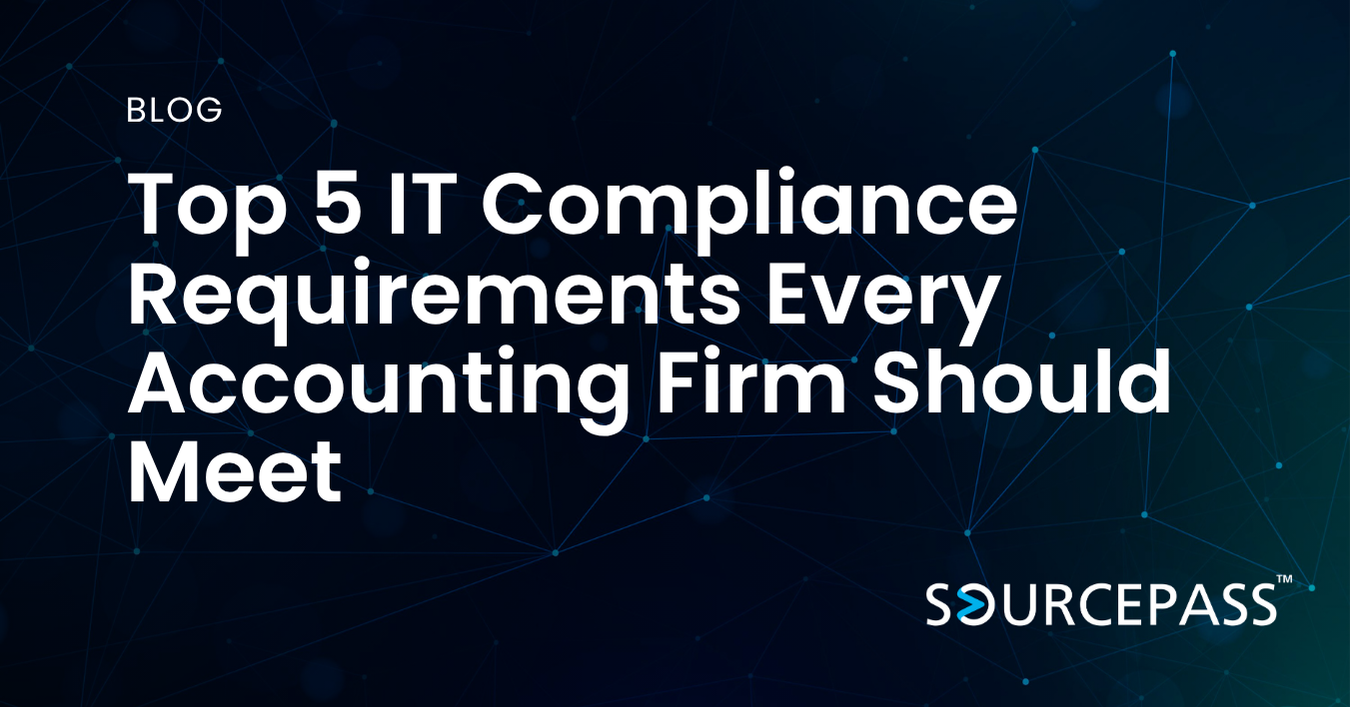Zero Trust for SMBs: Practical Security That Reduces Real Risk
Nov 24, 2025 Alex Davis Security & Compliance | Cybersecurity | Governance, Risk & Compliance 2 min read



Why Zero Trust Matters for Small and Mid-Sized Businesses
Many small and mid-sized businesses still rely on traditional network-based security models. These models assume that everything inside the network can be trusted, but that assumption breaks down once users, applications, and data operate beyond the office. Remote work, cloud services, and third-party integrations make perimeter-only defense insufficient.
Zero Trust offers SMBs a practical path to stronger security by shifting from static trust to continuous validation. Instead of assuming a user or device is safe after a single login, Zero Trust evaluates identity, device health, location, and behavior every time access is requested. This makes it far harder for attackers to move laterally or use stolen credentials to breach systems.
The Core Purpose of Zero Trust for SMBs
Zero Trust is not a single product. It is a security approach built around the idea of never assuming trust. For SMBs, this provides a structured framework to reduce risk and strengthen protection across cloud and on-premises environments.
Reducing Risk Through Continuous Validation
Zero Trust reduces risk by enforcing checks on every access request. This allows only verified, healthy users and devices to reach critical resources. Stolen passwords, outdated devices, or suspicious access attempts are blocked automatically.
This matters for SMBs that handle sensitive client information, financial data, or regulated assets. The combination of identity controls, device compliance, and least-privilege access significantly limits the blast radius of a breach.
Enabling the Business, Not Slowing It Down
Zero Trust is sometimes misunderstood as a model that adds friction to employees. In reality, it enables operations by providing secure access from anywhere, reducing dependency on traditional VPNs, and controlling exposure during an attack.
For SMBs, this means:
-
Better protection of client data
-
Improved compliance posture
-
Reduced downtime during security incidents
Instead of relying on a physical network boundary, Zero Trust adapts to the way employees work today.
Zero Trust Is Attainable for SMBs
Large enterprises were early adopters, but the model is now far more accessible. Microsoft provides built-in capabilities across Microsoft 365, Entra ID, Intune, and Defender. These tools give SMBs prescriptive guidance and automated controls that do not require large security teams.
With default configurations, templates, and step-by-step deployment guidance, SMBs can mature their security without large budgets or lengthy projects.
Zero Trust Progress Is Measurable
Zero Trust does not require a full overhaul on day one. It is iterative, and SMBs can make meaningful progress through phased adoption. Many milestones can be achieved in weeks.
Common early wins include:
-
Enforcing multifactor authentication
-
Requiring device compliance for access
-
Moving high-risk administrative accounts to privileged access workflows
-
Segmenting sensitive data with conditional access
These steps quickly raise security baselines and reduce exposure to common attacks.
Aligning Security With Real Risks
The purpose of Zero Trust is not to block users or complicate their work. The goal is to shift trust from static networks to dynamic signals such as identity, device health, and behavioral analytics. This aligns security controls more closely with real business risks.
For SMBs adapting to hybrid operations, client demands, and increased threat activity, this approach provides a structured and achievable model for long-term resilience.
FAQ: Zero Trust for SMBs
What is Zero Trust in simple terms?
Zero Trust is a security model that requires continuous verification of users and devices. Nothing is trusted automatically, even on the internal network.
Is Zero Trust realistic for an SMB with limited resources?
Yes. Microsoft provides built-in tools and prescriptive steps that make Zero Trust achievable for SMBs without large budgets or dedicated security teams.
Does Zero Trust slow down employees?
Zero Trust is designed to support productivity. It secures access from anywhere and reduces reliance on outdated controls like broad VPN access, while keeping sensitive data safe.
What are the first steps for SMBs starting Zero Trust?
Common starting points include enabling multifactor authentication, enforcing device compliance, applying conditional access policies, and protecting administrative accounts.
How long does Zero Trust adoption take?
Zero Trust is iterative and progresses in phases. Many SMBs achieve meaningful improvements within weeks by focusing on identity protection and device compliance.
Subscribe To
Sourcepass Insights
Sourcepass Insights
Stay in the loop and never miss out on the latest updates by subscribing to our newsletter today!
.png?width=500&height=100&name=White%20Logo%20-%20Transparent%20Tag%20(3).png)



